To have an eCommerce business means that you have to deal with everything that it involves, including go-to-market lead generation. Lead generation tactics for eCommerce are different from lead generation for other business models. Most online stores don’t have their warehouses and sales teams but, what they do have are shipping process automation and checkout pages.
The process evolved over the years, and in eCommerce, the main goal became to gain the attention of people that have purchasing power. (You don’t have to chase the buyer anymore because the buyer chases you.) Capturing the attention of buyers can be a demanding and expensive task.
Thankfully, there are a few cost-effective tactics that can help you bring quality leads to your online store. In this post, we’re going to see eight different practical lead generation tactics you can implement immediately in your marketing strategy.
Recommended: 7 Social Media Video Marketing Ideas That Are Perfect for eCommerce
1. Define Target Personas

In eCommerce, there’s nothing worse than optimizing for the wrong type of customers. Knowing who buys, or who will buy your products is pivotal in helping you maximize your advertising ROI and apply lead generation tactics successfully.
Related: An Advanced Guide to Creating and Using Buyer Personas to Convert Leads
There are lots of ways to define your target audience. You can research people but, the best way to determine your ideal customers is to establish the following information about them:
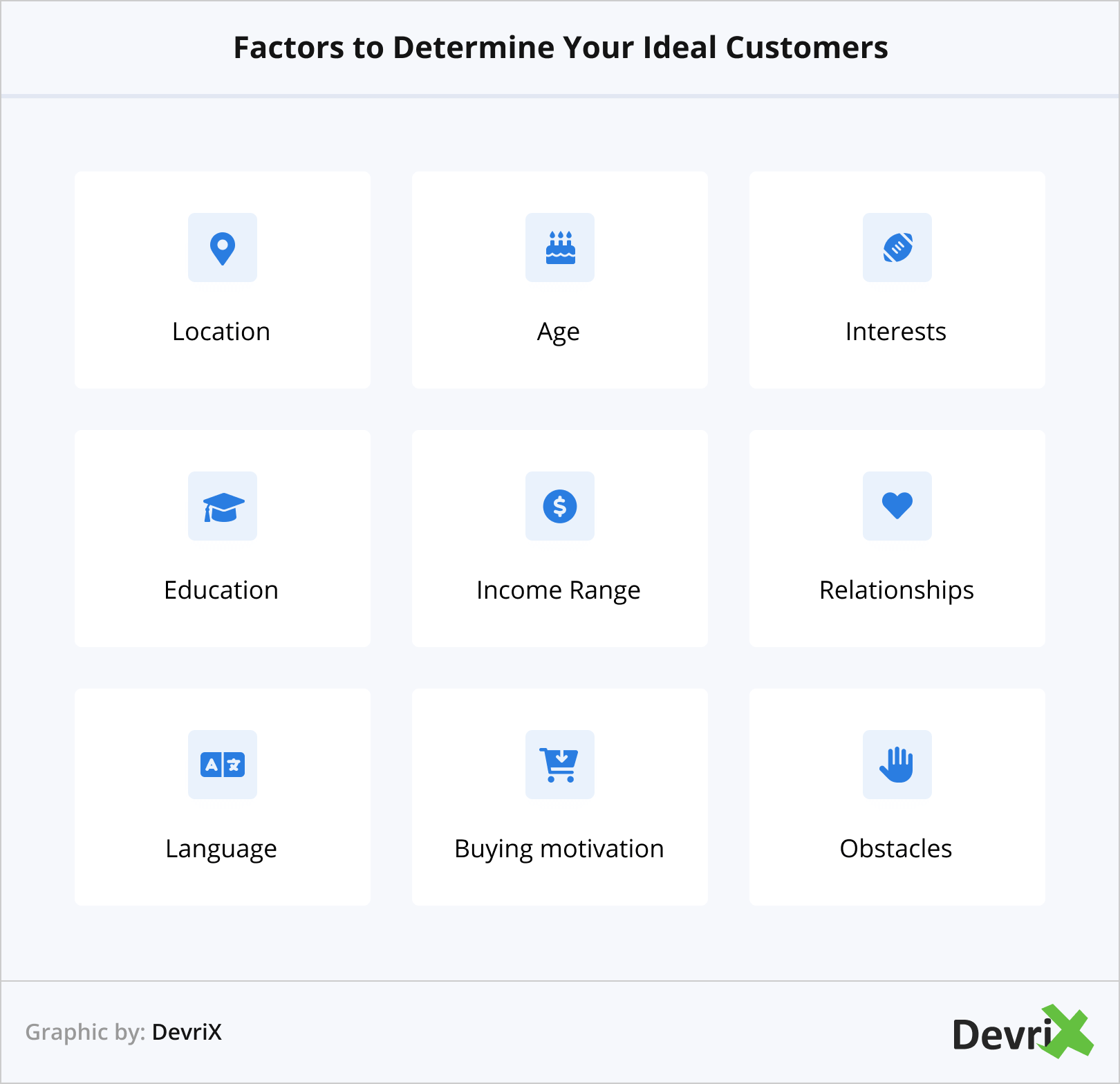
- Their location – Where do they live?
- Age – Do they have an approximate age?
- Do they have specific interests?
- What is their level of education?
- Their income range, can they buy the product?
- Are they family people, in relationships or single?
- Do they speak only one or more languages?
- Their buying motivation – What will make them buy?
- Obstacles – Can something turn them away from the products?
The primary purpose of these questions is to understand your prospects and nurture them more proficiently. After you’ve identified your target customer, it’s time to define the customer’s journey.
HBR defines customer journey as:
“a diagram that illustrates the steps your customer(s) go through in engaging with your company, whether it is a product, an online experience, retail experience, or a service, or any combination.”
The data that you’ve already gathered about your target customers can help you figure out their journey. Here’s how:
Monitor How Users Behave on Your eCommerce Site
It’s vital to know how users interact with your eCommerce site. Check whether they’re first-time visitors, returning visitors, or buyers. See if you can spot common trends in their behavior, especially page events and sections that make them leave the site and not convert at all.
A comprehensive history of users’ sessions can help you develop ideas on how to map out the customer journey.
Optimize the Experience for Different Platforms
Even people that are ready to buy the product must go through several touchpoints with your brand to make the purchase. As a result, it is vital to adapt to the users’ experience on each platform.
For example, people may find your online store via referral. Or, they may encounter your tweet and your Instagram post. Then, they click the link to see more. To map out a customer journey, it’s crucial to understand why the users jump from one platform to another before they buy from you.
Construct the Funnel for the Needs of Your Target Customers
Before people decide to buy from your online store, they’ll want you to form a relationship with them. That means that you need to have a grasp on customer psychology as well as being able to provide value at each stage of the customer’s journey.
Only after you’ve mapped your target customer’s journey, you can develop content that will help you acquire more leads and customers. An efficient content marketing strategy will pull targeted traffic to your eCommerce website. As a result, you’ll get more leads, boost your conversion rate, grow your social media accounts, and increase your sales.
Some of the main types that you can use to attract visitors to your eCommerce site are:
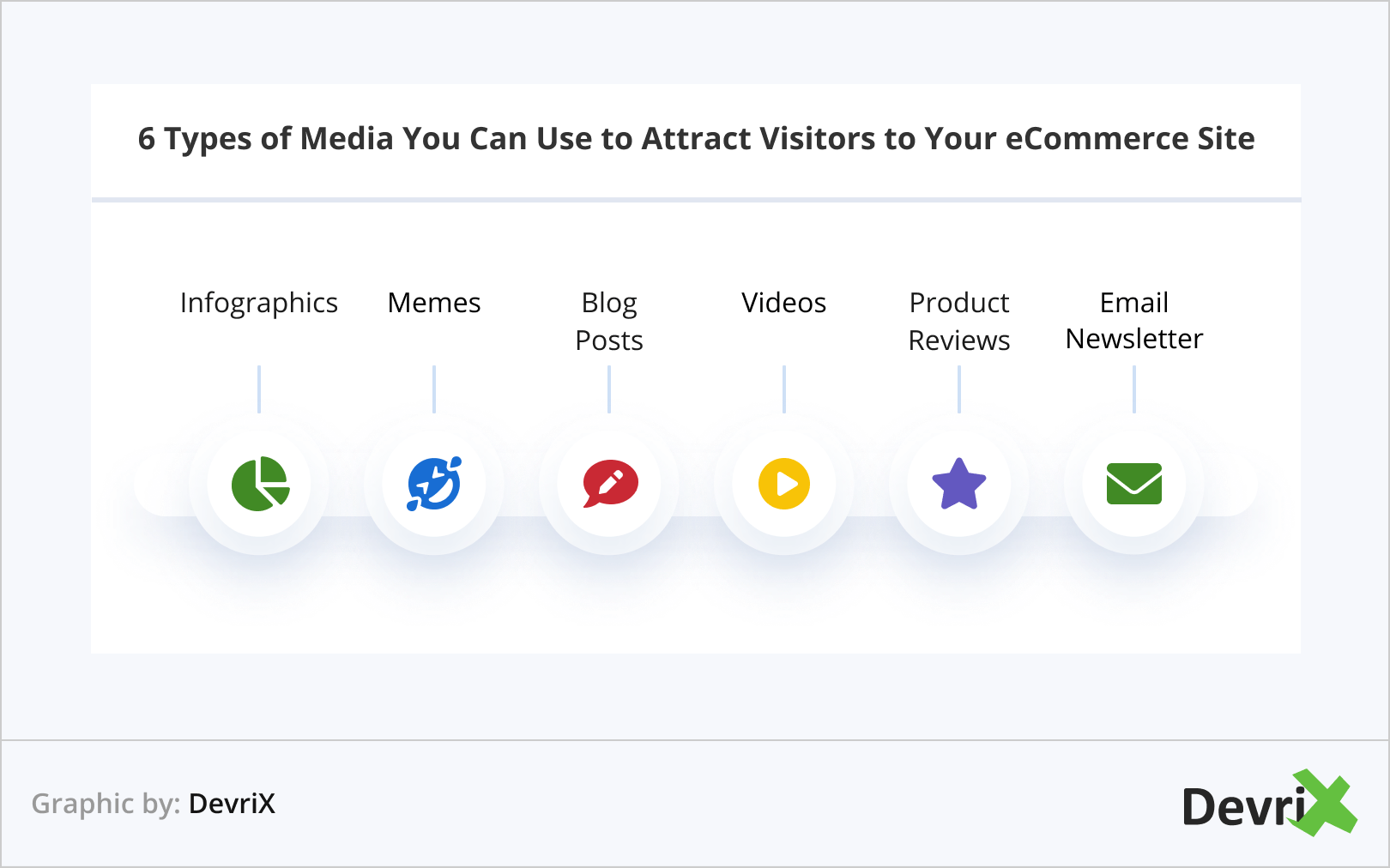
- Infographics – A visual representation of information about product usage to help the users understand the product easily.
- Memes – Videos and images with humorous content can yield engagement for your social media accounts.
- Blog Posts – No content strategy is complete without blog posts and articles. It’s extremely useful to describe a product and its different uses for consumers. Blogs also allow you to offer advice and connect with your audience.
- Videos – A video of your product and how to use it can keep users on your website longer. Video content is an attractive and pleasant way to convey your business message to your visitors.
- Product Reviews – It’s extremely important for potential buyers to know what previous buyers think of your products. If past customers left a positive review, expect that to motivate more visitors to convert.
- Email Newsletters – You can send emails to subscribers that tell them about new products, product packages, discounts and events that will encourage them to buy from your website.
2. Exit Intent Popups
Let’s assume that users already browse through your online store and put some products in their cart. But, for some reason, the users click the ‘X’ on their browser tab and leave your page without buying anything. To prevent this from happening, you might want to use exit intent popups.
The exit intent popup appears prior to the moment when the user is about to close the site. It’s one of the more affordable lead generation tactics that reminds the users that there are some offers that they might consider if they decide to leave the current page.
The best ways to use exit intent popups for lead generation on your website are:
- Offer Something Different – Consumers left your online store for a reason. Perhaps they didn’t like what you offered them. So, it doesn’t make any sense to show them the same products in your popup. You can offer discounts, coupons, a package of more related products or something unique that they didn’t know about before.
- Build Your Email List – You can use exit intent popups to collect users’ email addresses. By leaving their email, they’re subscribing to receive amazing product offers. With this, you’ll get them back to your site and convert them into customers.
Related: Why Building Your Email List Is So Important Nowadays?
- Recommend Other Products – Help the consumers find the right product and increase your online sales. When they want to leave, ask them to check out your best-selling product or the latest product in a given category.
3. Email Marketing
Most people that visit your eCommerce website are new users that may never come back. However, you can do something that will bring these users back by building an email subscriber list that will help you gain and maintain traffic on the website that you’ve worked hard to achieve.
You can use email marketing to drive recurring traffic by giving users a motive to return with discounts, useful content, brand new products, etc.
Related: 7 Tips for Building an Efficient Email Marketing Funnel
Growing Your Email List
To grow your email list, the subscription process must be unobtrusive. To do this successfully, you’ll need to use opt-in forms on all the right places on your site, such as:
- The sidebar
- Your About page
- In your blog posts
- On the footer
- In your checkout pages
- Pop-ups
Furthermore, growing your email list requires three essential ingredients:
- The Right Motive – This is the first step towards building an email list. Make a special offer, a discount, or a freebie – something that users can absorb and use promptly.
- A Landing Page – Once you’ve decided on your lead magnets, it’s time to create a landing page. This page needs to include a persuasive hero section, genuine social proof, the right amount of content, and an explanation about the positive effects of joining your email list.
- Recurring Traffic – If you want to grow your subscribers, you need to bring traffic to your landing page continuously. Use advertising, email marketing, engage on social media, and have the right CTAs in your blog posts.
Segmenting Your List

Each subscriber will not become your customer. If you sell products from different groups, you likely have subscribers with different interests. For this reason, you’ll have to segment your email list by:
- Types of Customers – Categorize your subscribers on potential buyers, new buyers, loyal customers, and occasional buyers.
- Interests – Delete the subscribers that are not interested in your products at all. You’ll be more efficient, and the open rates will be increased as a result.
- Location and Behavior – Divide your subscribers into people that bought the product at the physical store (if you own one) and online. Notify the ones that live near the store for a special one-time offer, or send a special discount for people that are far from the physical store.
Email marketing can be an excellent source of leads for every eCommerce business. Start growing your email list and providing recurring offers and value to visitors so you can convert them into customers.
4. SEO
It is imperative to generate more organic traffic for your eCommerce from search engines like Google, Bing, or Yahoo. When you search for a particular product on Google, you’ll get the following SERP:

Your SEO strategy should be about your eCommerce appearing in the organic search results. The better your page ranks on Google, the more traffic. To improve your eCommerce SEO, use the following steps:
Find Relevant Keywords
Start by brainstorming a list of search terms that your target customers would enter in the search bar. The more words you come up with, the greater the chance that you’ll discover new fresh keywords for your pages.
For example, if people need a blue sports jacket, they won’t type “How to wear a blue sports jacket.” Instead, they’ll type “Blue Sports Jacket.”in the search bar. To find more relevant keywords that your customers are interested in, you can also benefit from Google’s Related Searches.

Another excellent tool to help you gather keyword ideas is Neil Patel’s Ubersuggest.
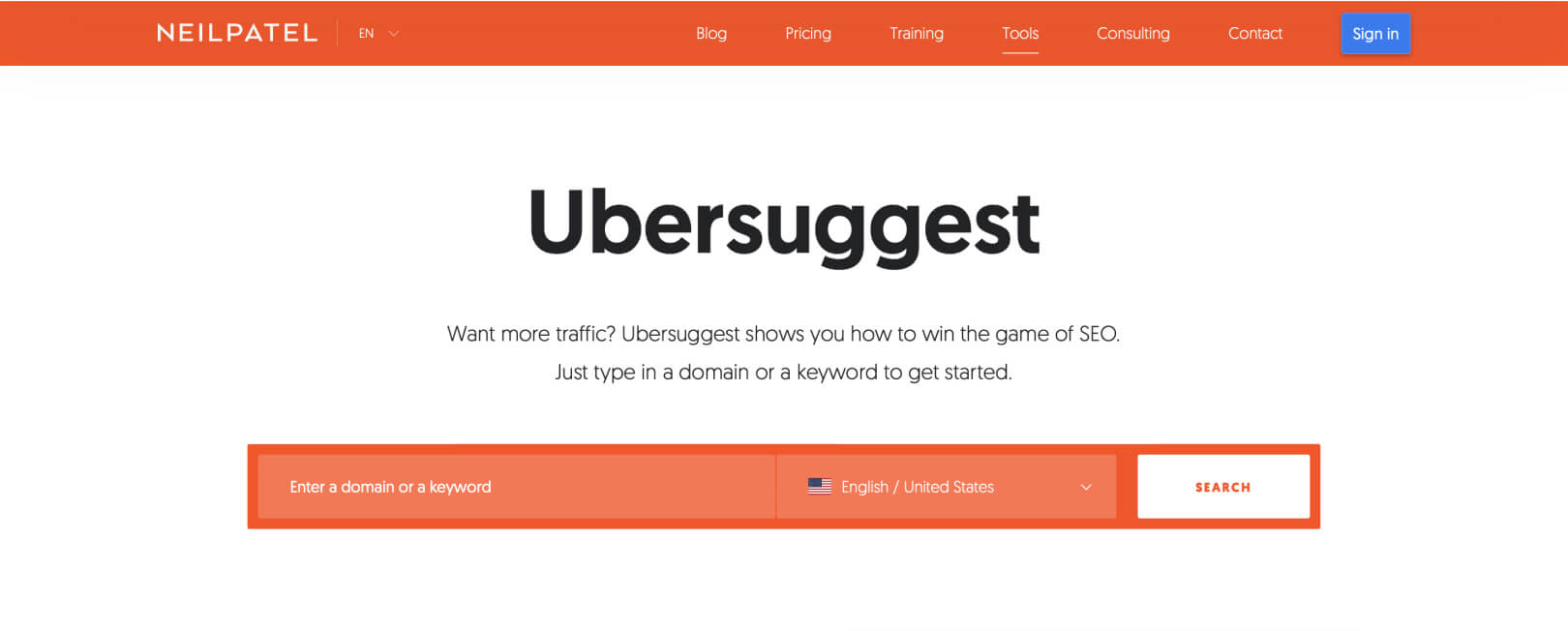
The tool takes your suggested keyword and presents you with A to Z suggestions for the most frequently searched related keywords and phrases.
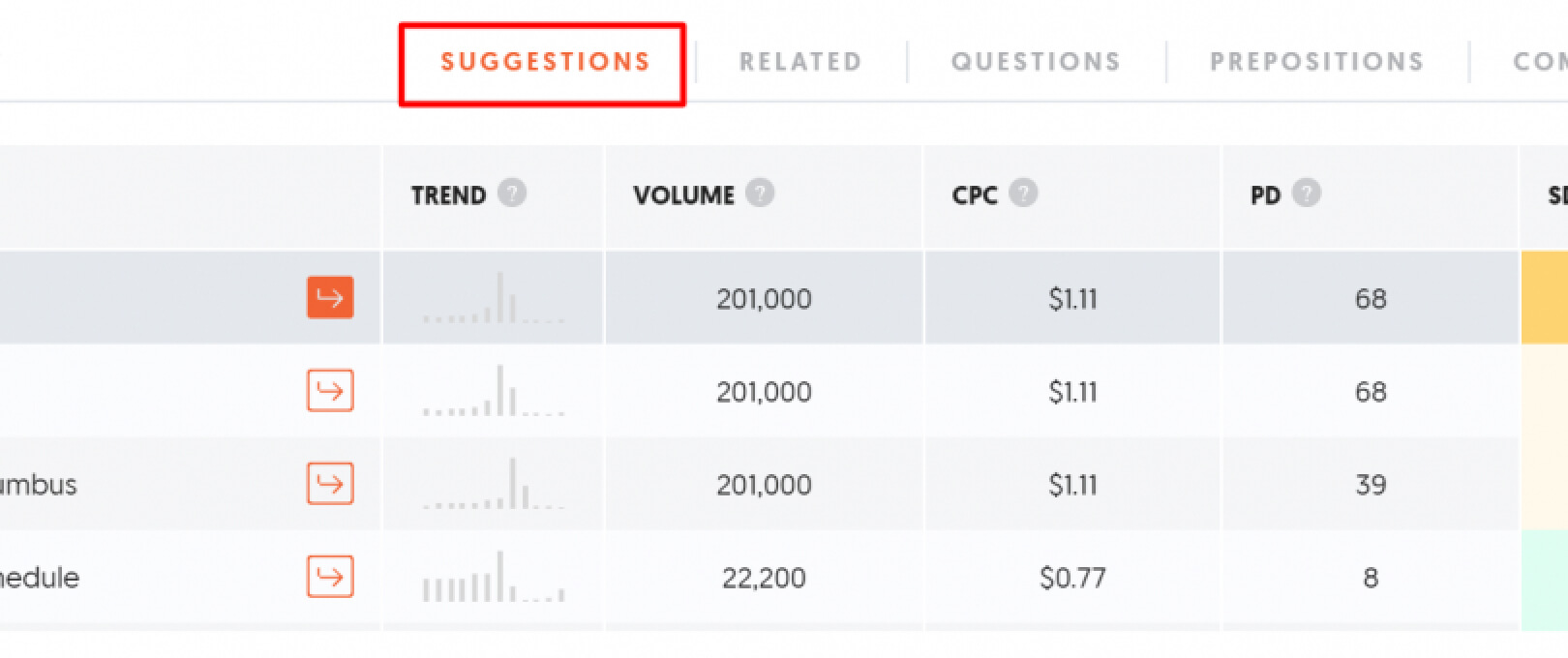
You should also take into consideration keyword modifiers such as “how to” or “where can I buy” in your list of keyword ideas. For example, instead of “blue tuxedo” someone may be looking for “where can I get a tailor-made blue tuxedo“.
When you have the initial list of relevant keywords for your eCommerce business, you can it to uncover more specific keywords. One of the best tools that can help you conduct this research is Google’s Keyword Planner Tool.
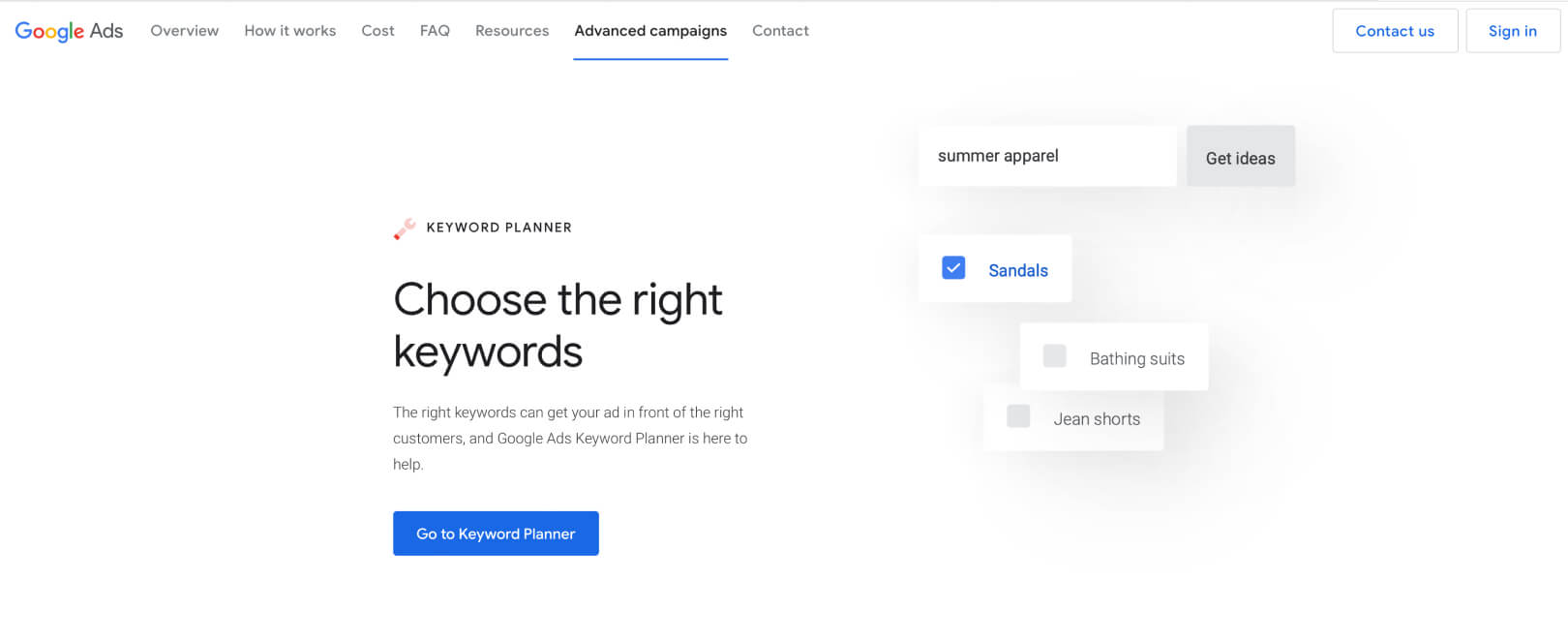
The tool allows you to research and discover more keywords, as well as to identify the number of searches that are made for those keywords, as well as the competition level for the terms.
The related search terms are critical because you’ll get to discover similar keywords that might have more searches and less competition from your initial ones, or come up with a combination of your brainstorming list and the more specific terms.
When you come up with a more refined list of keywords, you need to analyze them thoroughly. Are your final keywords relevant to your product pages? If customers type them on Google and open your site, will they find exactly what they need?
With the right set of keywords and their implementation on your eCommerce website, you’ll help Google to better understand what your store is about, and present your link in SERPs where necessary.
Do not forget that SEO and keyword research is not instant coffee. It takes time, meticulous work, and patience to discover and implement the right SEO strategy, and for Google to pick up on your updates.
On-page SEO
After you’re done with your keywords and website structure, you’ll need to work on the rest of your site. It’s time for some on-page lead generation tactics. When you optimize your website performance, think Google first. If you want to convince more people that you’re the most relevant search result, you have to convince Google first.
Related: 10 Elements of a Highly Effective On-Page SEO
Page URLs
Former MOZ co-founder, Rand Fishkin, points out to the following best URL structuring practices for a better search ranking:
- A URL needs to be easy to digest for humans and for Google.
- Better keyword usage in URLs.
- A shorter URL is better than a longer one.
- The URL and the page title should be the same, or as close as possible.
- Stop words like “and”, “of” & “the” should not be overused in an URL.
- Don’t use keyword stuffing.
Product Description
As a search engine, Google utilizes your content to gauge the keywords that you want to rank. With a short product description, Google doesn’t have too much to work with, which might result in a low search ranking.
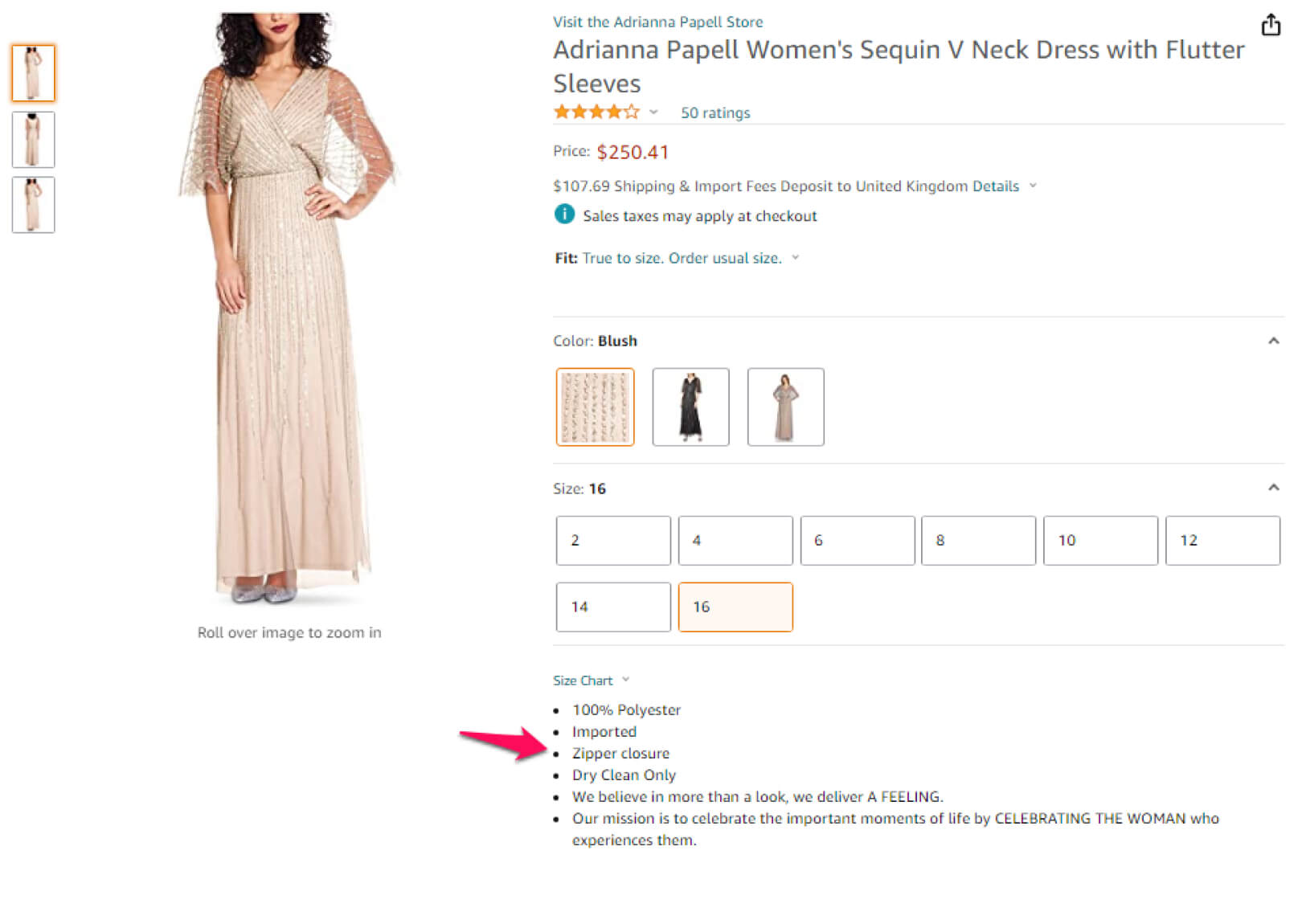
Longer descriptions will help you rank better and drive additional traffic to your eCommerce website.
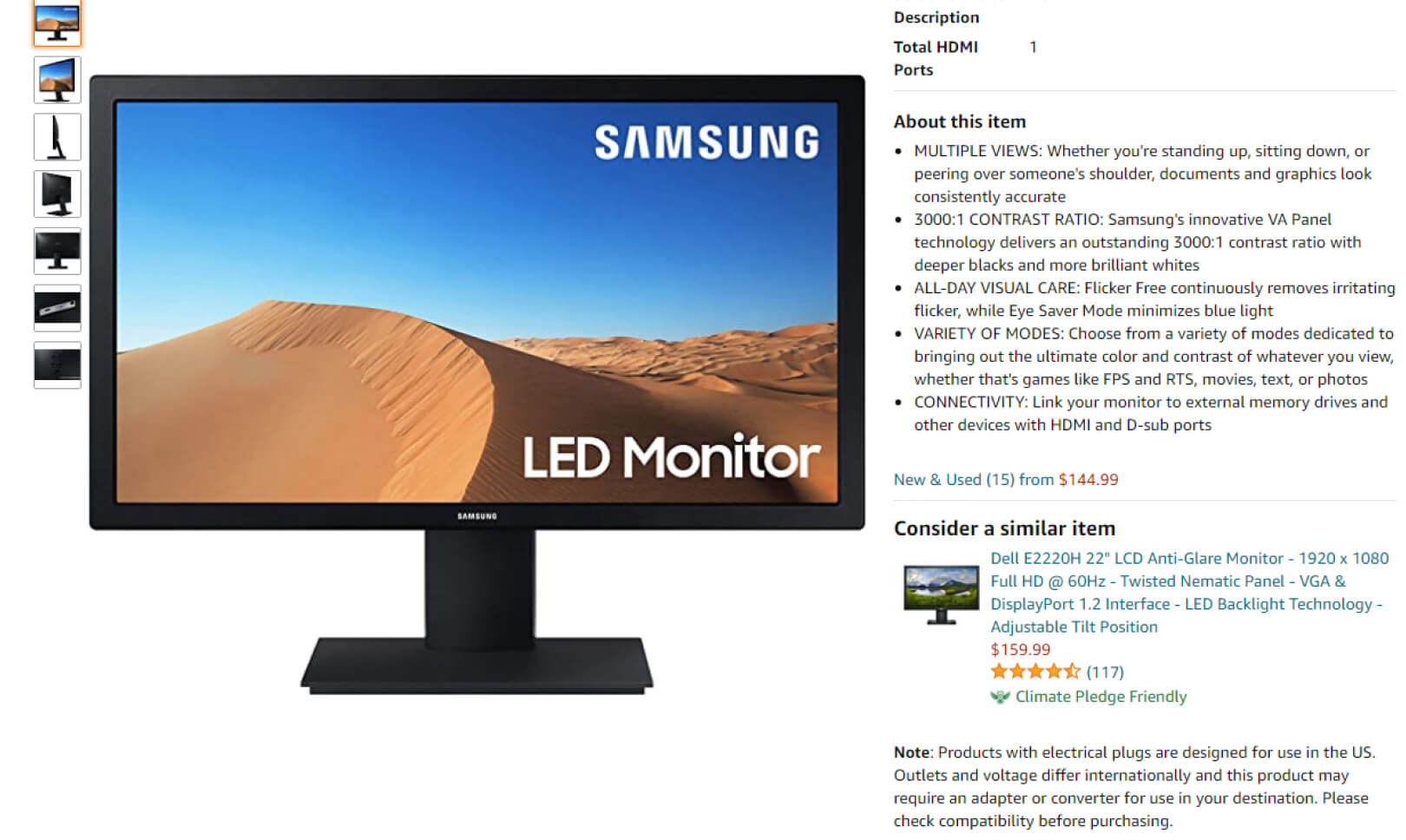
If you have a wide range of products, you can use a longer description for the most important products. The more relevant words, the more accurate the ranking on Google.
5. Lead Magnet
A lead magnet is a useful and valuable offer that entices customers and motivates them to leave their contact information such as email, phone number or social media account info. This information can later be used to create an ongoing relationship with the users.
The best types of lead magnets that you can incorporate into your eCommerce site are:
- Coupons – With coupons, you’ll be giving discounts for different products. The best thing about coupons is that visitors see an immediate value and calculate how much money they’re going to save. People don’t ignore coupons and tend to use every discount that they can get.
- Free Shipping – This is another variation of discount. Free shipping can convert a lot of potential leads to loyal customers because shipping costs are money that buyers would rather keep in their pockets. To not overspend on shipping costs yourself, make sure to set a minimum spending amount that customers must reach before offering them free shipping.
- Buying Guides – Help consumers to narrow down their choice by offering them a product buying guide. A buying guide will provide them with tips for finding the product that is most affordable and best suited to them. When encountering a buying guide, consumers know that that would make the job of buying easier for them, so, they leave their email address as a result.
- Free Samples – Everyone wants a free sample. Even when the buyers are in a physical store, they’ll want to try out the product first before they buy it. If you can, offer a free sample of your product. This is particularly important if you’re brand new to the marketplace and you want to create awareness.
6. Landing Pages

eCommerce landing pages can play a crucial role in bringing traffic to your site and generating more leads. That’s why your website’s landing page experience should be as pleasant and as effortless as possible for users.
A well-designed landing page will promote more leads, more conversions, more sales, and ultimately, more profit. Here are four tips that can help you optimize landing pages to drive more conversions to your online store:
- Create Captivating Headlines – The headline is one of the first things that a visitor will see. The typography should be big, bold and easy to read. If you need help to find the right headline, you can use CoSchedule’s Headline Analyzer or Buffer’s Headline Formulas.
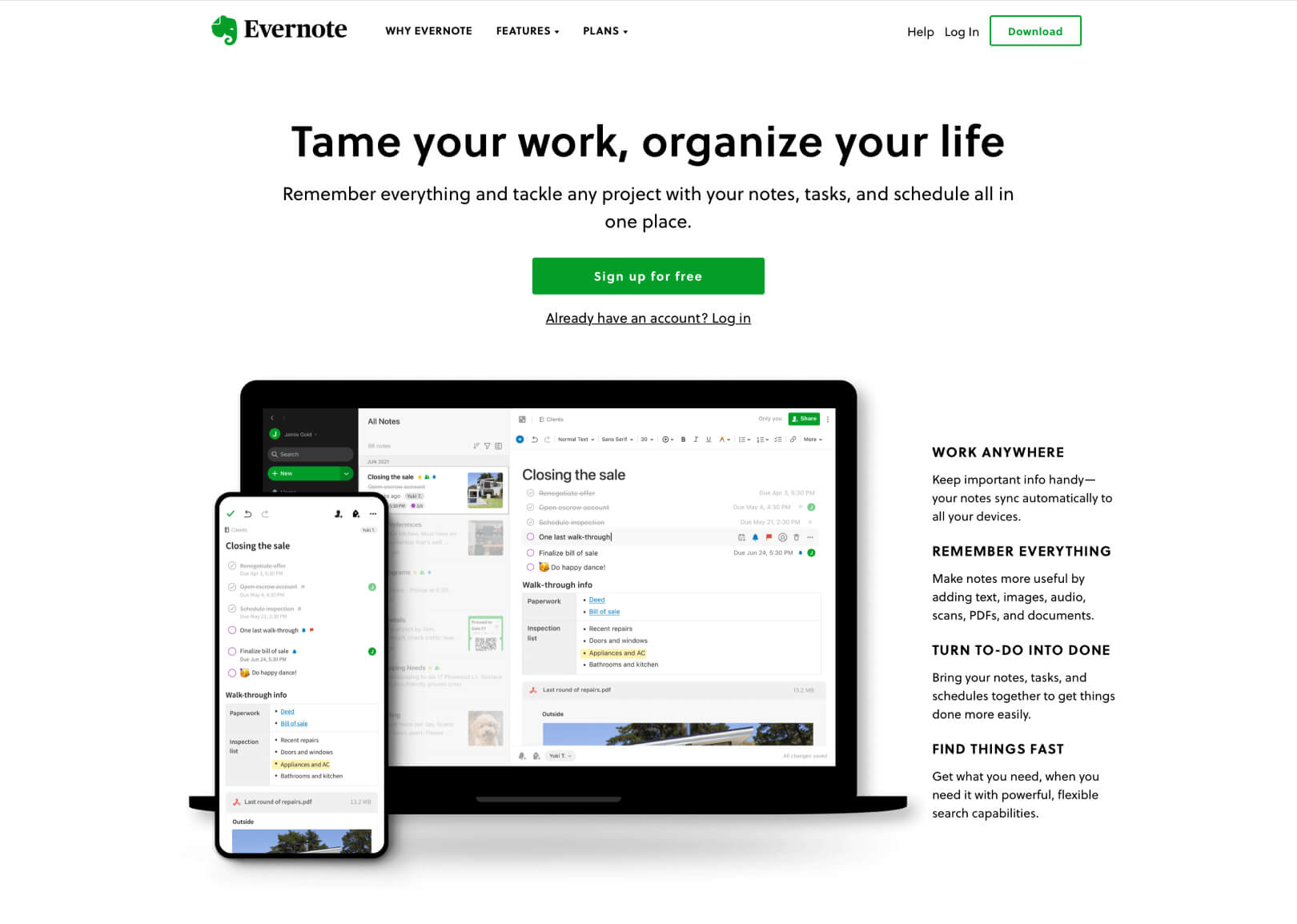
- Use Only Eye-Catching Imagery – A captivating headline must go with an attractive image. It can emotionally affect your target customer and make them take action towards subscribing to your newsletter or taking that discount coupon. An image does replace a thousand words.
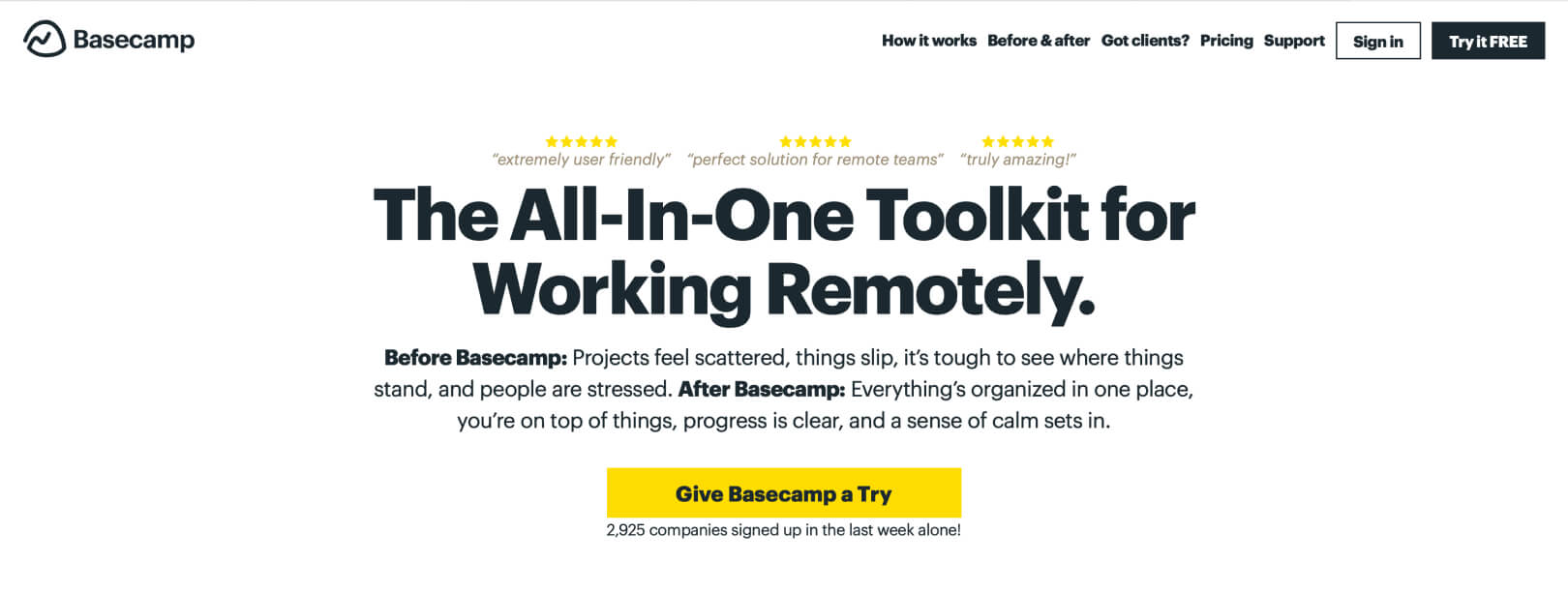
- Use White Space – Make sure that you leave enough white (negative) space between copy, opt-in forms, and imagery. It will help you build page hierarchy and bring the attention of customers to some aspects of the page.
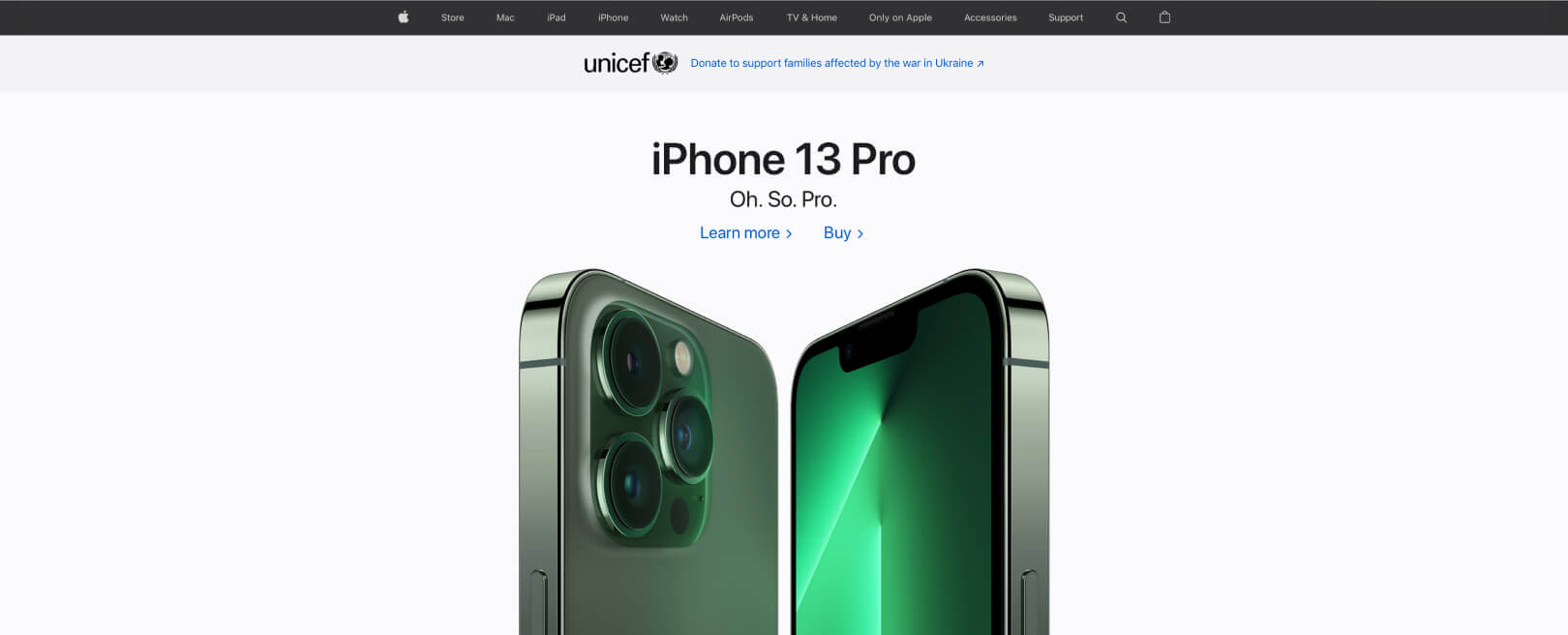
- Be Concise – Don’t overload the consumer with excessive information. If you need to address something about the product, use bullet points in the form of icons with concise text. With this, everything that you wanted the customer to know will become easier to read and scannable.
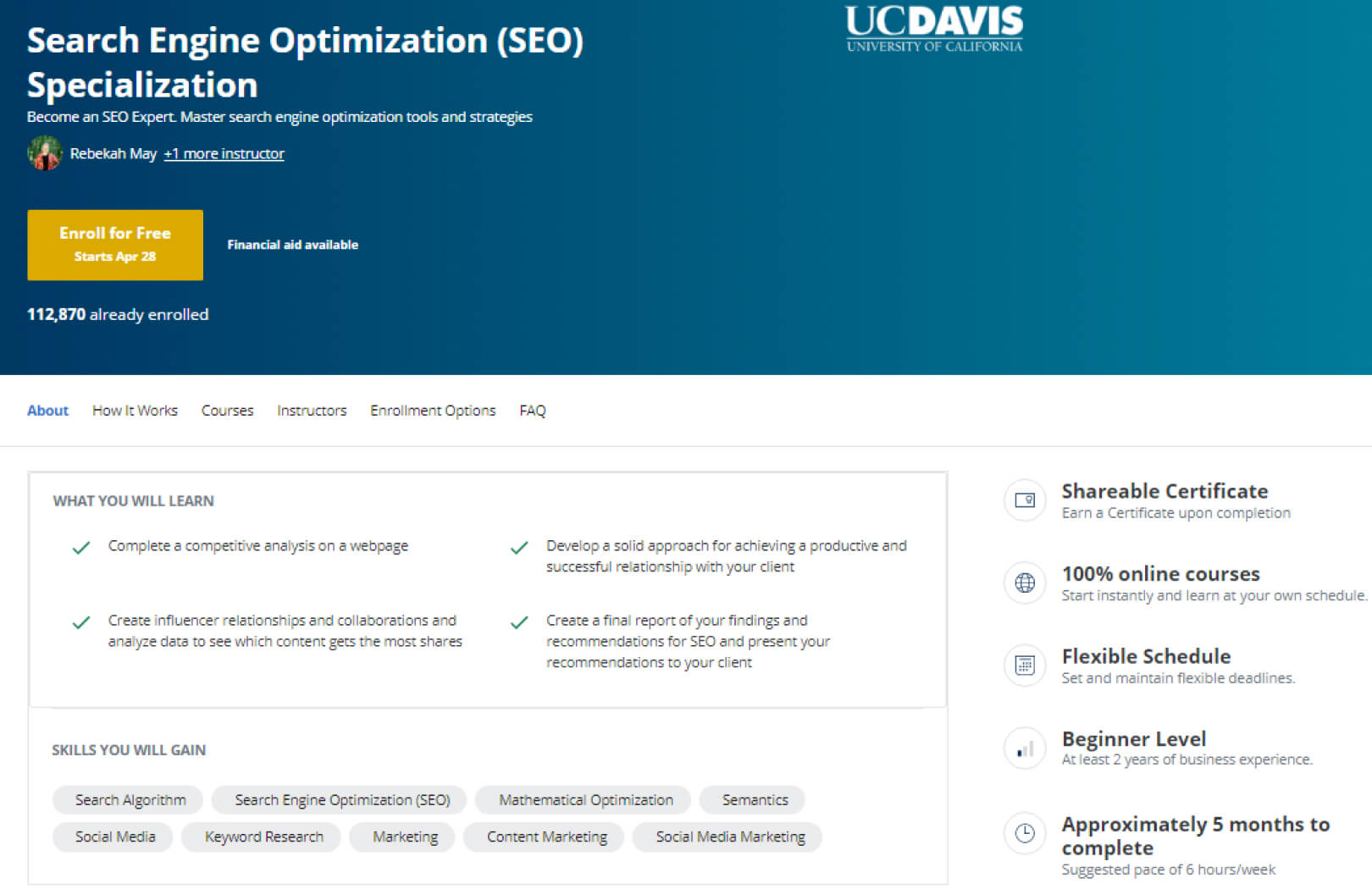
7. Live Chat
In eCommerce, just like in every other online business, it’s crucial to convert visitors into customers with the right lead generation tactics for your niche. If you have a physical store, it is a lot easier to turn people into buyers by greeting them at the door, offering them expert advice on a particular product, tips on style, etc.
But in the online world, it’s a lot harder to provide customers with a personal touch. One way to make their online experience more personal is to use live chat software to deliver timely communication with website visitors.
To effectively use a live chat for your online store, first, you’ll have to discover the hours/time of day that brings the most traffic to your website. You’ll have to experiment with the chatting times and frequency.
Also, you must take note of the chats. See what visitors are asking. Do they want to learn more about the product, or something different? Whatever it might be, you should keep track of the chats to find out what your customers expect or need.
The most cost-effective ways to use live chat to convert more leads into customers are:
- Chat Greetings – Imagine if you want to buy a kitchen appliance. You enter the store, but you don’t know if you should buy toaster A or toaster B. But luckily for you, the website manager observed your behavior closely via live chat software and pinged you to see if you needed any help. You can also set up automatic greetings that can ask the visitor if he/she needs help after 5-10 minutes of browsing the website.
- Customer Service – Personalization is one of the most powerful lead generation tactics. It’s really easy to add personalization when you use live chat. Most of the live chat solutions will show the email address, location of the visitor, the pages that he/she visited before and the length of visits. You can use this information to offer customers help when choosing a product.
8. Content Marketing

Content marketing is a powerful and cost-effective lead generation weapon. It helps you build brand awareness as well as generate and convert more leads for your online store. Here are the three significant benefits of content marketing for online stores:
- Lead Generation Tactics – An effective content marketing strategy can help you generate more leads and turn them into customers. Using content marketing, you can provide useful information on your blog, social media accounts, and even on your product pages.
- Educate Customers – You can use content to educate potential customers about the advantages of buying your products and product features. You can create how-to videos, guides, product care guides, product comparisons, etc.
- Building Relationships – Quality and useful content strengthen the customer experience. This is vital if you want to build a relationship with potential customers.
Related: Step-by-Step Guide to Content Marketing for Business
To increase the effectiveness of your content:
- Utilize User-Generated Content as Social Proof – The reviews and testimonials from satisfied customers are an excellent social proof for acquiring new customers.

- Use Product Videos – Demonstrate your products’ design and quality with short videos. Film demos or product guide videos. When people see the video, they will take notice of the benefits that the product will bring.
- Use Visuals for Social Media – It is the most interactive content on social platforms. Attractive and engaging visuals are critical if you want to capture the buyer’s attention. Post photos that promote new products and present the products with a short video or a slide deck for a greater social media impact.
9. Influencer & Affiliate Marketing
When it comes to lead generation tactics, there is no doubt that social media leads the way. In today’s digital age, it has become an indispensable tool for growing your business and driving traffic to your website. One of the key advantages of using social media for lead generation is the viral potential of posts. Through influencer marketing and affiliate marketing, brands can leverage this unique feature to spread the positive word about their product or service to a new audience base.
This strategy involves partnering with influencers whose values and brands align with those of the business. Also, they need to have large followings on social media platforms such as Instagram and YouTube. By getting these influencers to promote their product or service on their channels, businesses can reach new audiences in a highly authentic way.
Additionally, these posts often include content such as photos or videos that act as great “lead magnets” by providing valuable information and encouraging users to learn more about the product or service featured in them. Overall, the use of social media is amongst the most effective lead generation tactics that can help businesses grow their customer base and improve their bottom line.
Wrapping Up
So far, you’ve probably realized that the lead generation tactics for an eCommerce business are different from other business models out there. To receive the email address from a potential buyer means that you’re only a couple of steps away from turning him/her into a customer.
Alter the tactics mentioned above to capitalize on that short sales cycle. You can offer deals at any stage of the buyer’s journey, such as when a visitor first arrives on your website or when he/she wants to abandon the shopping cart. More targeted deals can lead to more sales, customer loyalty, acquisition, and conversions.
Remember that successful lead generation tactics for eCommerce require work, dedication, and focus. Use the tips provided in the article, not just because they’re cost-effective, but because you can grow your business and increase the number of customers. Lead generation is an investment, so it is imperative to be persistent and concentrate on your efforts if you want to continue to generate more leads for your online store.


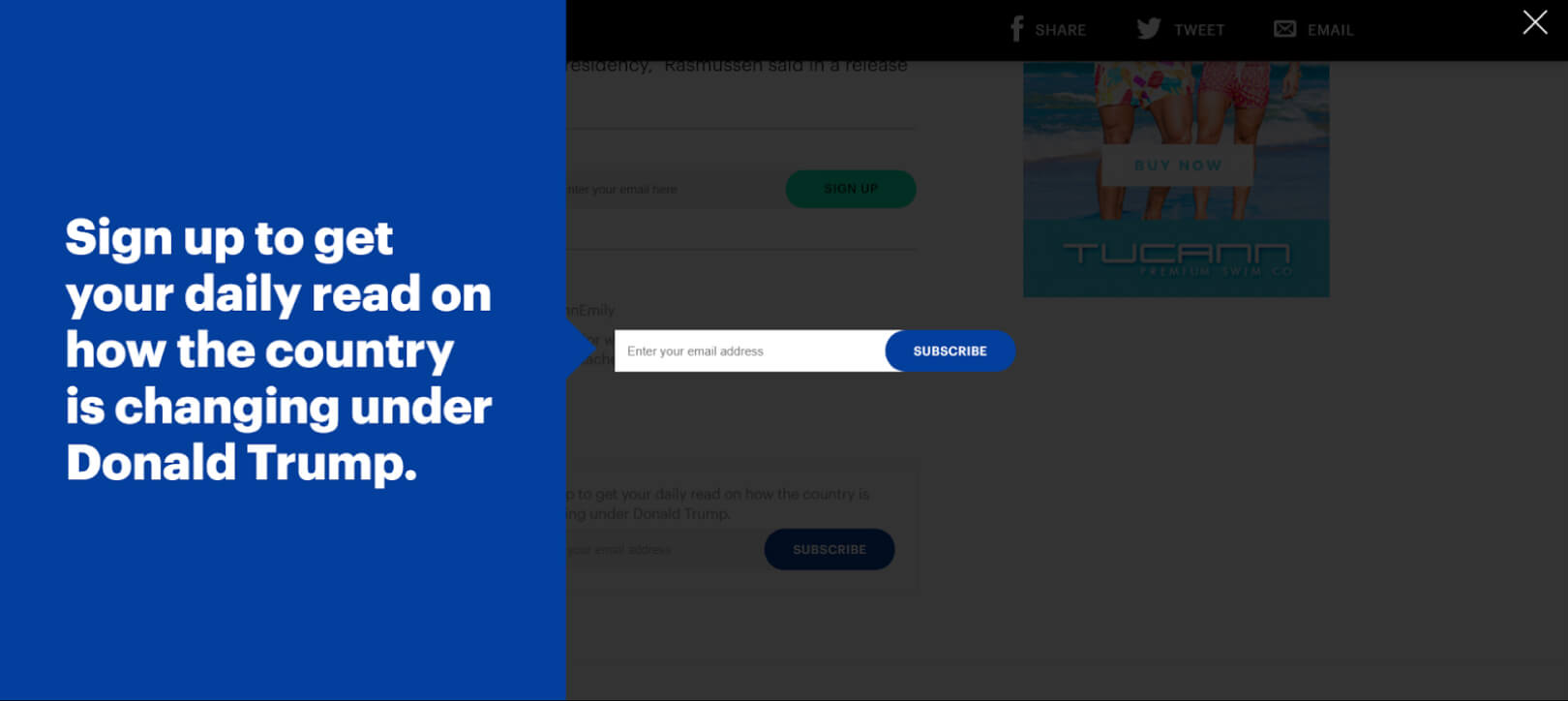
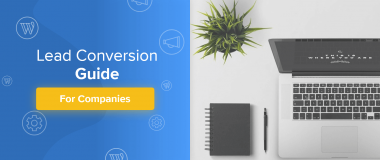
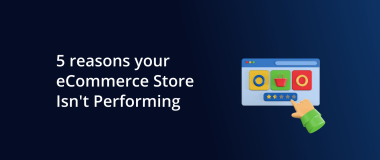
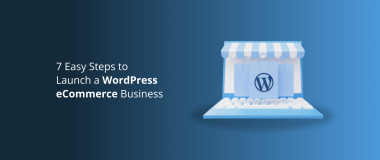
![[Infographic] 24 Fundamental Email Marketing Stats](https://devrix.com/wp-content/uploads/2018/01/Infographic-24-Fundamental-Email-Marketing-Stats-380x160.png)